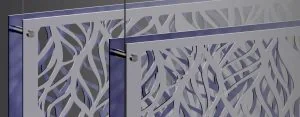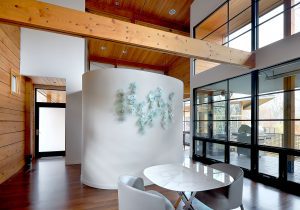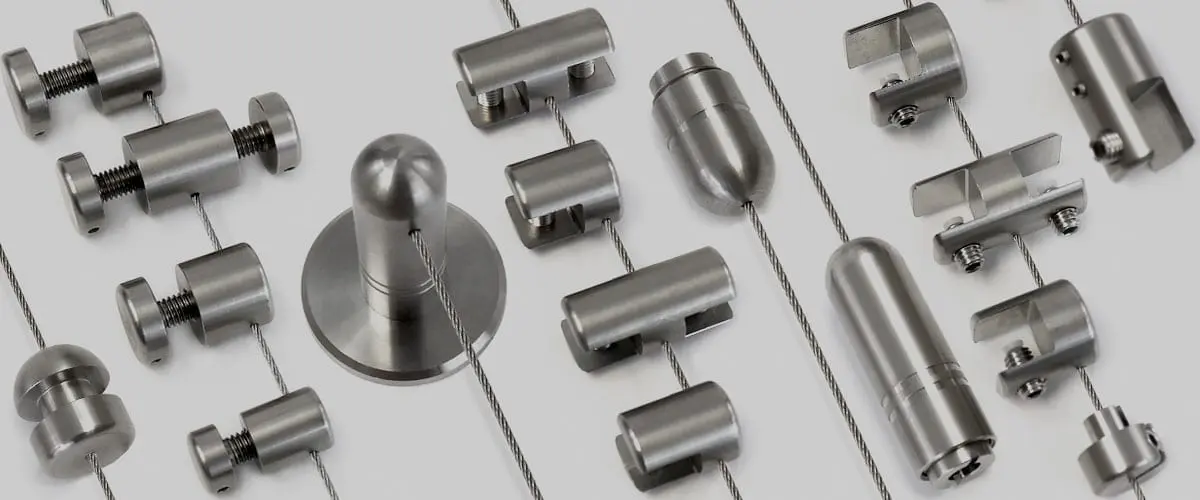Choosing the Right Support for Your Display Systems and Heavy Acrylic Frames
When mounting items to walls, it’s crucial to consider how the underlying structure—specifically, walls with wood or metal studs—will impact both the installation process and weight-bearing capacity. The type of studs present not only affects the wall’s ability to support weight but also dictates the techniques and hardware required for secure mounting. Wood and metal studs each possess distinct properties that influence their suitability for various types of wall-mounted items.
This decision becomes particularly critical when dealing with specialized display systems or heavy objects. Cable rod displays, for example, demand precise tensioning and alignment, which can be significantly influenced by the type of stud used. Suspended glass shelves mounted to walls present a unique challenge due to their weight distribution and need for absolute stability to prevent breakage. Similarly, heavy large display frames require robust support to withstand constant gravitational stress over time without compromising the wall’s integrity or the item’s security.
Understanding the nuances between wood and metal studs is essential for anyone planning to install these types of items. Factors such as the building’s construction, local building codes, and the specific requirements of the mounted objects all play crucial roles in determining the optimal choice. In the following comparison, we’ll delve into the characteristics of both wood and metal studs, examining their strengths and limitations when it comes to mounting cable rod displays, suspended glass shelves, and heavy display frames. This comprehensive analysis will equip you with the knowledge needed to make an informed decision tailored to your specific mounting needs, ensuring both the safety and longevity of your wall-mounted installations.
Wood Studs
Strength and Load-Bearing Capacity:
- Generally offers superior strength for mounting heavy items
- Support substantial weights, making them ideal for load-bearing applications like suspended glass shelves or heavy frames
Ease to Install:
- Easier to drill into and drive screws directly
- Standard wood screws can be used
- Better grip and holding power for screws
Limitations:
- Susceptible to warping over time, which could affect long-term stability of mounted items
- Spacing typically at 16 inches on center, providing more mounting points
- Easy to add additional blocking to accommodate for heavier items if necessary
Metal Studs
Strength Considerations:
- Generally weaker than wood studs, especially for heavy loads
- Thin gauge models may not support heavy items well
Mounting Techniques:
- Require special sharp-tipped, fine-threaded screws for proper grip
- Often need toggle bolts or anchors to distribute weight across a larger area
- May require wood blocking between studs for heavier objects
Advantages:
- Resist warping, ensuring long-term stability of mounted lightweight items
Practical Implications for Specific Mountings
Cable/Rod Wall-to-Wall Suspended Displays:
- Wood studs provide a more solid anchor point
- Metal studs may require additional reinforcement for heavier displays
Cable/Rod Wall-to-Wall Suspended Glass Shelves:
- Wood studs are preferable due to their higher load-bearing capacity
- Metal studs might need specialized heavy-duty anchors or reinforcement
Cable/Rod Wall-to-Wall Suspended or Standoff-Mounted Large Format and Heavy Acrylic Frames:
- Wood studs offer better support and easier installation
- Metal studs may require toggle bolts and careful weight distribution
In conclusion, while both wood and metal studs can be used for mounting various items, wood studs generally offer better strength and easier installation for heavy objects. Metal studs, while durable and resistant to environmental factors, often require additional hardware or reinforcement for supporting substantial weights. Professional assessment of the specific mounting requirements and structural considerations is always recommended to ensure safe and secure installations, regardless of the stud type chosen.
Need Help with Your Project / Contact Us ❯
- For more detail product information, configurations, and customizations visit our website: novadisplay.com
- To purchase standard components and accessories visit our web store: novadisplaysystems.com
- If you have special requests or require help with a custom design or fabrication, please contact us.
- If you have any suggestions or would like to send your feedback, please fill out the form here.










